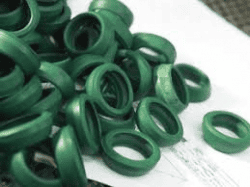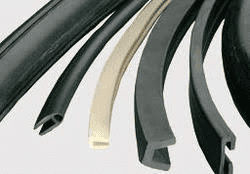A guide to rubber moulding techniques is essential if you want to produce high-quality rubber parts. In this article, you will discover the methods and tools used to produce rubber moulds and what materials are best suited to specific applications.

To start, you should determine the application of your moulded parts. While standard moulded rubber parts are suitable for many applications, some may require custom moulded rubber components. Custom moulded rubber products will provide better system operation, fewer assembly steps, and increased equipment lifespan. Moreover, they can save you time and money. For example, if you need a small rubber valve, you can consider having it moulded at the first time.
The process of compression moulding uses pre-forms that provide the surplus material needed for the cavity. This process involves applying high pressure and temperature to the raw material and closing the mould. As the rubber compounds are forced into the cavity, they will spill out into the overflow grooves. Once the process is complete, the material can be removed from the mould, usually by hand. For advice on Rubber Moulding, contact meadex.co.uk

Injection moulding is another way to create rubber products. It uses reciprocating screw machines to force the compound into a closed mould. The compound is fed into the screw by being in pellets or continuous strips. After this, the compound is pushed forward and forced backward by the screw. It is held in this injection position to keep pressure and consolidate the stock. Once the injection is complete, the screw is stopped, and the barrel is refilled. This technique is highly flexible and produces low-cost parts. However, it lacks precision and accuracy. It is highly cost-effective for medium-volume production, and has low material waste and tooling costs. It is best suited for medium to high-volume production runs.
In addition to compression moulding, there is also the process of transfer moulding. Transfer moulding is ideal for medium to low-volume production. It is fast and precise, but has a tendency to produce more waste material than other techniques. A final technique of rubber moulding involves joining two pieces of rubber using adhesives. These two materials are used to make parts for different applications. Using both techniques is highly effective in manufacturing rubber parts.
In addition to dimensional accuracy, the process of producing a rubber mould also involves the use of computer programmes. These programmes produce rubber moulds that meet the design parameters. Moreover, they reduce the time required for production. Once a mould is created, it must be tested to make sure that it meets the required specifications. This way, it can be assured of quality and durability.
